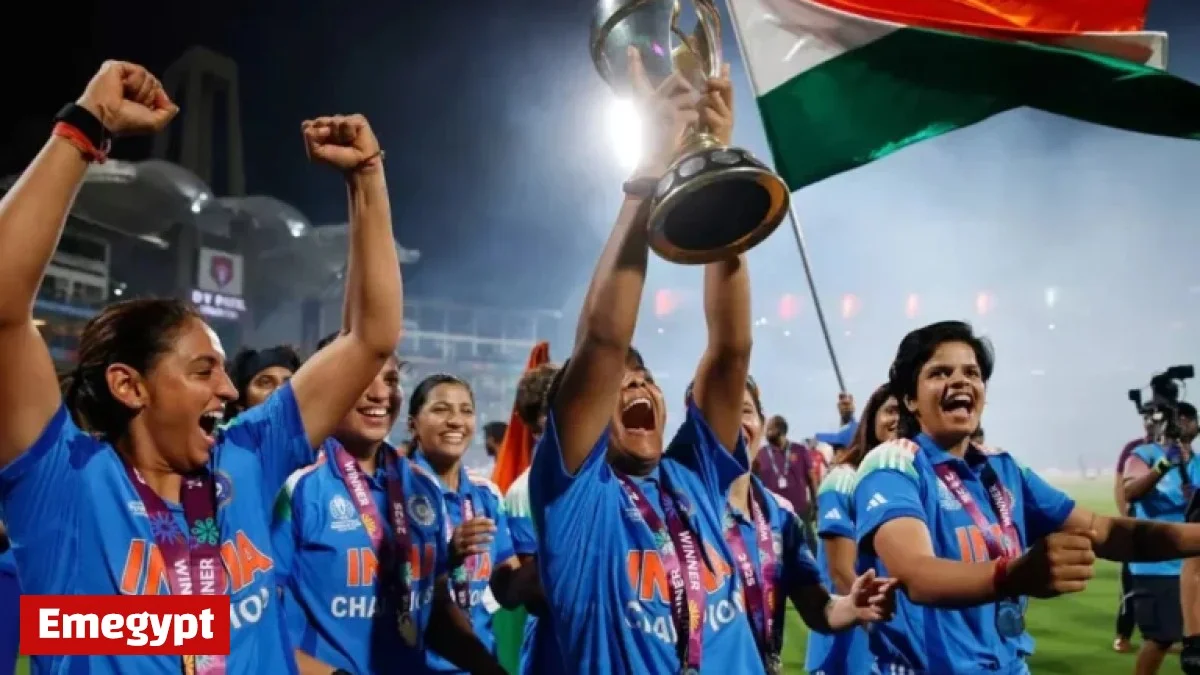
Navi Mumbai’s DY Patil Stadium became the backdrop for a historic event as India clinched the Women’s Cricket World Cup. The match, held on a memorable Sunday night, was witnessed by over 50,000 enthusiastic fans. This victory marks a significant turning point in Indian women’s cricket, akin to the iconic 1983 Men’s World Cup win. It represents an era of triumph after years of struggle and systemic obstacles.
Breaking Barriers in Women’s Cricket
The narrative surrounding Indian women’s cricket has often been overshadowed by challenges rather than achievements. The journey to the World Cup final revealed these struggles. After three close defeats in the group stages, the players faced harsh criticism, highlighting the skepticism and biases against women athletes. Such narratives have long impacted their recognition and support.
Decades of institutional indifference have marred women’s cricket. A stark example was an incident in 2011 when thenBCCI President N. Srinivasan allegedly expressed a wish to limit women’s cricket against institutional support. This history underscores the resilience of female cricket players who have fought for existence and excellence in the sport.
Harmanpreet Kaur: A Beacon of Hope
Captain Harmanpreet Kaur embodies the perseverance of her team. Despite her worldclass talent, she faced challenges in securing a job under the sports quota, something her male peers often take for granted. This plight illustrates the personal battles players endure amid their pursuit of sporting glory.
A New Era of Representation
This victory not only celebrates the team’s success but also reflects the growth and democratization of cricket across India. Players hail from diverse regions, including Moga, Ghuwara, Kadapa, Sangli, Rohru, Siliguri, and Golaghat. The inclusion of Kanti Goud, a fast bowler from a tribal background, demonstrates that talent can transcend socioeconomic barriers.
The Impact of 2017
The 2017 World Cup run was pivotal, generating significant public interest in women’s cricket. It established a foundation for an enthusiastic audience, culminating in this year’s World Cup win, which serves as a testament to the efforts of dedicated families supporting their daughters despite institutional neglect.
Media Attention Shifts Focus
Recent changes in media coverage have also contributed to the growth of women’s cricket. Increased television broadcasts and social media exposure have enhanced visibility, driving sponsorships and inspiring future generations. The enthusiastic turnout at the stadium signifies a newfound appreciation for the women’s game.
Empowering Future Generations
The success of the Indian women’s team is set to reshape the cricket landscape. Future generations of young girls will have visible role models, diminishing the barriers that once confined them to playing alongside boys. The rise of professional leagues like the Women’s Premier League (WPL) and international competitions creates clear pathways for aspiring female athletes.
Acknowledging a Turning Point
The celebrations following India’s World Cup victory reflect more than just sporting achievement. This moment is a significant chapter in the history of Indian women’s cricket, signaling the dawn of a new era. The triumph must serve as a catalyst for growth, ensuring that women’s cricket in India thrives for years to come.
With the established financial success of the WPL and a globally recognized team, the future appears promising. This victory should be viewed not as an exception but as a transformative moment in Indian women’s cricket, paving the way for sustained success in the global arena.
